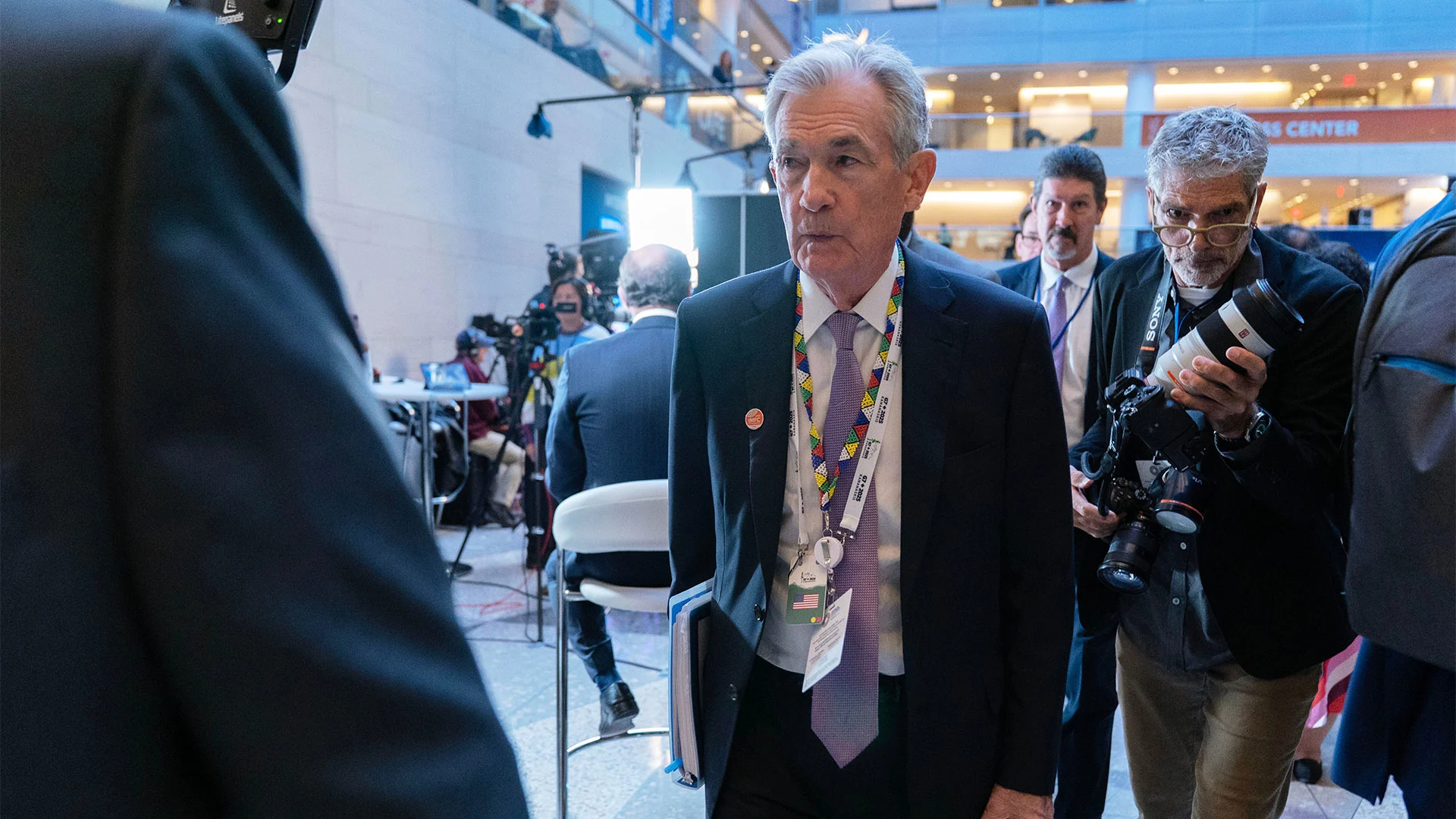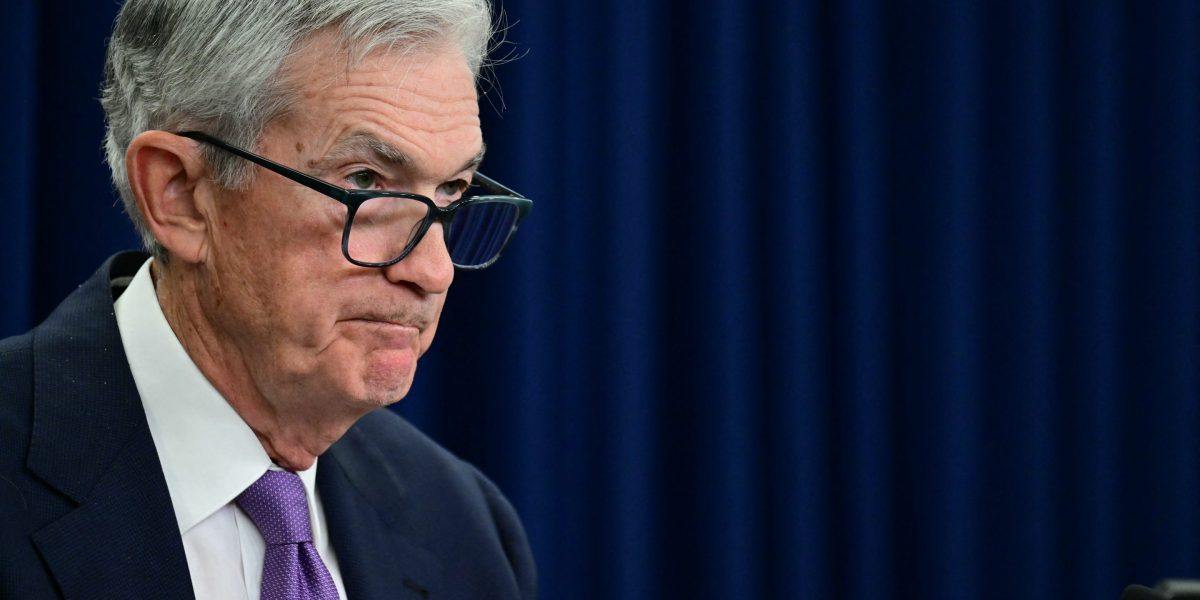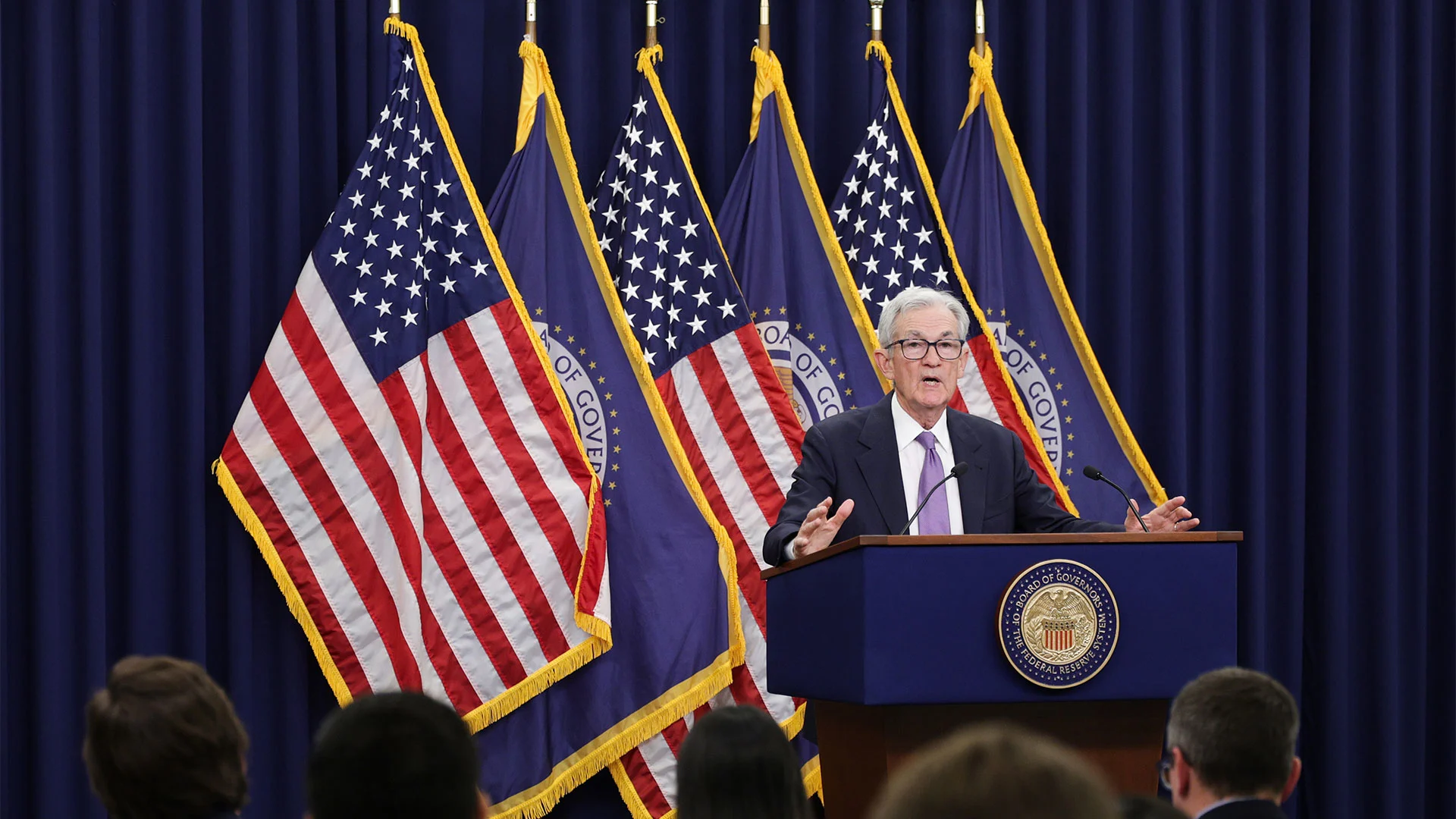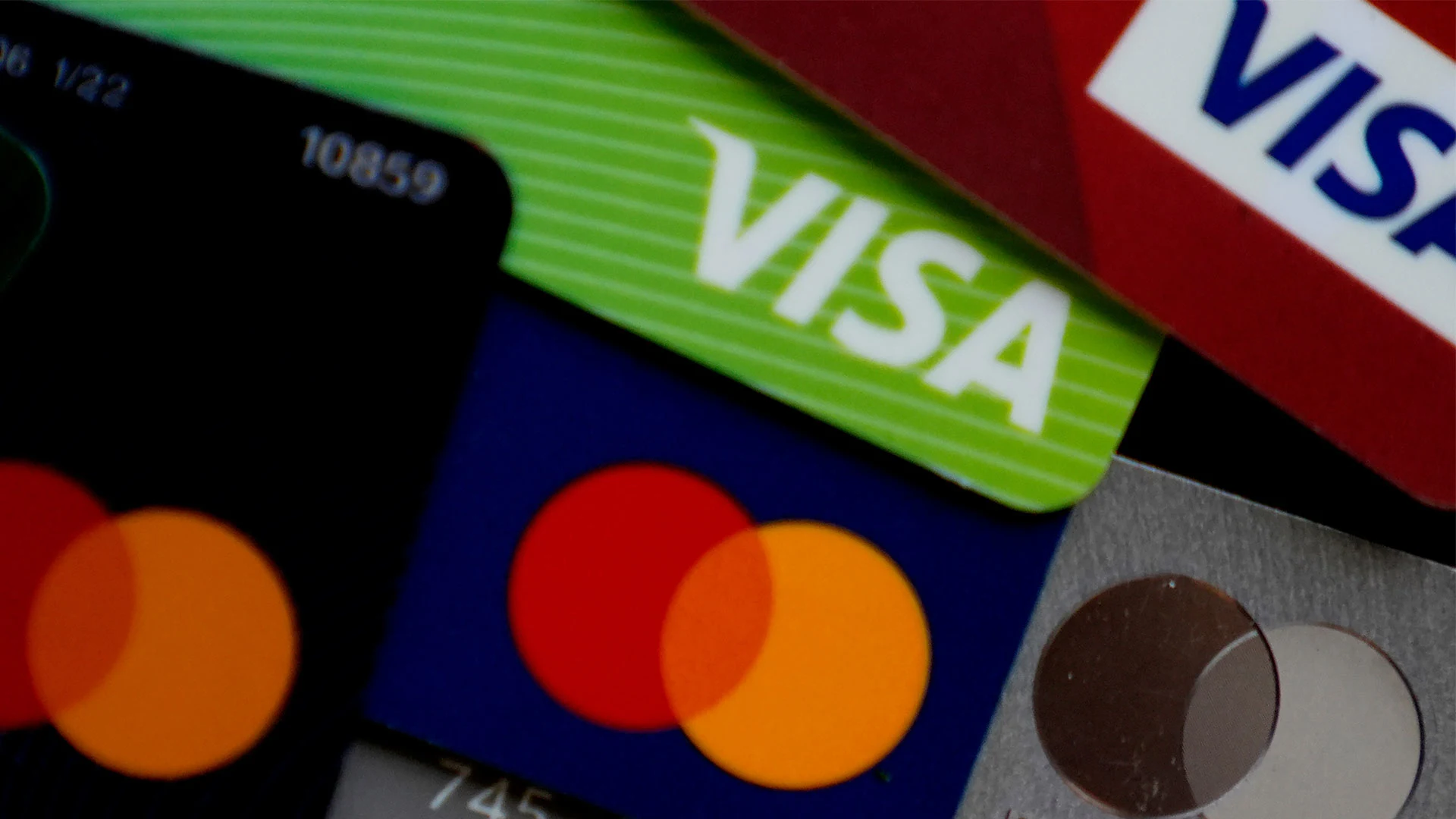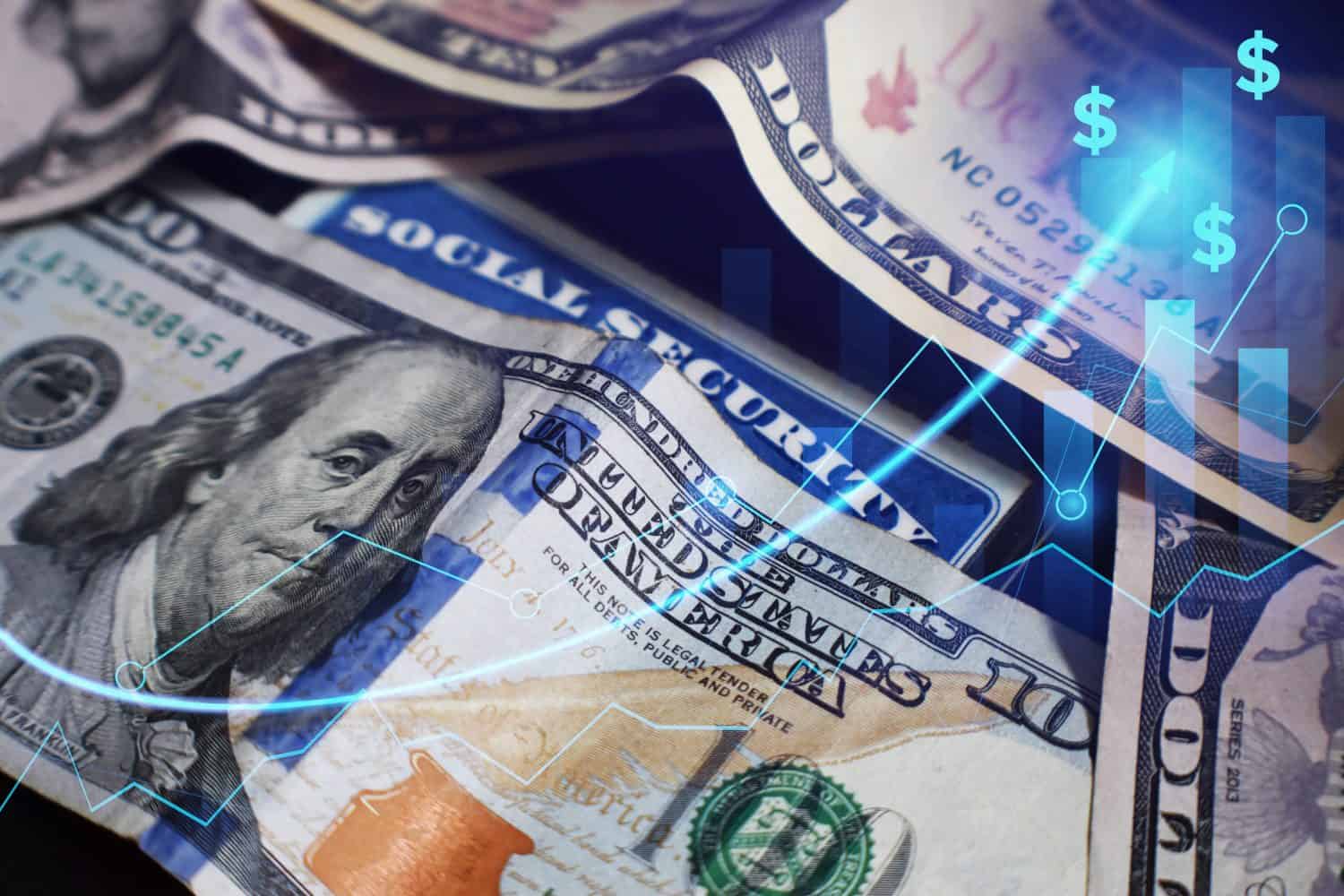#inflation
#inflation
[ follow ]
#interest-rates #federal-reserve #tariffs #government-shutdown #social-security #labor-market #monetary-policy
UK politics
fromLondon Business News | Londonlovesbusiness.com
4 days agoReeves Budget could lead to 'store closures' and the loss of tens of thousands of jobs - London Business News | Londonlovesbusiness.com
Planned business rates surtax could endanger 120,000 jobs and force up to 500 retail and hospitality sites to close from April 2026.
World news
fromLondon Business News | Londonlovesbusiness.com
4 days agoEquities shine as gold tumbles - London Business News | Londonlovesbusiness.com
Global equities rallied strongly, recouping earlier losses with robust year-to-date gains amid improving sentiment and a tentative US-China trade truce.
US news
fromFortune
7 hours agoYou can expect a 25 bps cut from the Fed, says Wall Street, but little economic insight from Powell-after all, he doesn't have much to go on | Fortune
FOMC will likely confirm a 25 bps rate cut today despite limited government data from the shutdown, leaving Powell with less economic insight.
fromBitcoin Magazine
3 days agoBitcoin Price Holds Its Breath As Fed Looks To Cut Rates
Bitcoin price's recent rally yesterday ran into resistance just above $116,000, settling under $113,000 at the time of writing, as traders weigh broader macroeconomic signals ahead of today's Federal Reserve announcement. The cryptocurrency market's total capitalization has retreated 1.4% over the past 24 hours to $3.81 trillion, according to Bitcoin Magazine Pro data, even as U.S. equities continue to reach fresh highs.
Cryptocurrency
fromLondon Business News | Londonlovesbusiness.com
2 days agoFed cuts rates, but yield differential continues to pressure the Yen - London Business News | Londonlovesbusiness.com
The Japanese Yen continues to weaken, reflecting the policy divergence between the Bank of Japan (BoJ) and other major central banks. Following its latest meeting, the BoJ kept its policy rate unchanged at 0.5%. Although Governor Kazuo Ueda signalled that the bank is "ready to adjust" policy if wage growth and inflation continue to rise sustainably, recent data have not been strong enough to justify an immediate change.
World news
UK politics
fromLondon Business News | Londonlovesbusiness.com
2 days agoBuilding a personal inflation hedge: Small financial adjustments that make a big difference over time - London Business News | Londonlovesbusiness.com
Small, consistent financial adjustments and better cash rates can protect purchasing power by closing the gap between inflation and nominal returns.
UK news
fromLondon Business News | Londonlovesbusiness.com
2 days agoOver '55,000 businesses in serious financial distress' as the 'economy is in trouble' - London Business News | Londonlovesbusiness.com
Over 55,000 UK businesses are in serious financial distress, with critical cases up 78%, risking a wave of failures without urgent Budget support.
fromKotaku
2 days agoTrump Take Candy - Kotaku
I normally wait until the last minute to pick up candy for Halloween. This entails going to the supermarket during my lunch break on Halloween only to find that all of the Halloween-themed bags have already been replaced with Christmas ones. This usually leaves me with no option but to buy the only candy that normally comes individually wrapped in bulk: blow-pops and stacks and stacks of fun-sized chocolate bars. Beggars can't be choosers.
Food & drink
World news
fromenglish.elpais.com
4 days agoUS military threat heightens economic uncertainty and worsens inflationary crisis in Venezuela
Venezuela's official seven-point GDP claim is contested; IMF reports minimal growth and forecasts extreme inflation, while recovery remains fragile and constrained.
fromwww.mercurynews.com
1 week agoConsumer price chart: Monthly change in cost of groceries, gasoline and more
The new consumer price data released Friday shows an overall 0.3% increase in September, bringing the annual rate of inflation to 3%, the highest it has been since January. RELATED: Social Security cost-of-living increase announced for 2026 The numbers from the Bureau of Labor Statistics showed the biggest factor in the monthly rise to be gasoline prices, up 4.1% from August to September.
Business
fromBusiness Insider
1 week agoHere's what a complete Thanksgiving meal deal costs from 5 top retailers, including Walmart and Costco
With Thanksgiving five weeks away, retailers are once again stepping in to take some of the guesswork out of hosting. Walmart, Aldi, and Sam's Club have each shared this year's menus of ready-to-order Thanksgiving meal kits. Costco also appears to be in on the trend; one shopper on social media spotted a meal kit available in the fresh food section.
Food & drink
fromSlate Magazine
1 week agoHow Can Democrats Make Their Comeback? A Candidate Who Also Lost in 2024 Might Actually Have Some Answers.
Former House Rep. Cori Bush thinks she knows why Democrats lost last year, and how they can win in 2028. Sure, the former Squad member also lost last year-she got primaried by another Democrat in August, after the American Israel Public Affairs Committee threw at least $12 million behind her opponent because she had been an outspoken critic of Israel's actions in Gaza.
US politics
fromAol
1 week ago13 Businesses You Can Start for $1,000 or Less (We Love #8)
For small business owners, inflation is a big concern. Many are more worried than ever about their income, according to a recent report from the U.S. Chamber of Commerce. The economy has made things harder for many, but small businesses still play a key role in our towns, cities, and neighborhoods. Local services like dry cleaners, bakeries, coffee shops, and tailors might not seem exciting, but they're essential. These are the businesses you and your neighbors count on every day.
Online marketing
fromBig Think
1 week agoWe still don't know how "hot" the hot Big Bang was
This tremendously successful theory gave us everything from gravitational waves to black holes based on one profound insight: that the fabric of spacetime itself would evolve, curve, and even ripple based on the properties and behavior of the matter and energy within it. When we applied Einstein's equations to the entire Universe as a whole, along with the idea that the Universe was filled nearly uniformly with matter and energy on the largest scales, we wound up with an expanding Universe.
Science
fromIntelligencer
1 week agoTrump's Mass-Deportation Mania May Boost Food Prices
If you want the briefest possible explanation of why Democrats lost the presidency and Congress in 2024, it was because swing voters cared a lot about inflation and the politicians running the country decided to talk about everything else. Yes, they had talking points about inflation, but they were mostly defensive (it wasn't as bad as it had been, it was due to circumstances beyond anyone's control, etc.). And they decided to try to force people to think instead about their issues, such as abortion rights and the threat Donald Trump posed to democracy. It didn't work.
US politics
fromBusiness Insider
1 week agoRestaurants are winning over busy parents - but slipping with child-free diners
On average, 67% of consumers either dine in or order out from restaurants at least once a week. However, for couples with kids, that number jumps to 80%, Technomic found.Conversely, adults living with a spouse and no children, or those living alone, report below-average weekly restaurant visits, at 65% and 63%, respectively. The increased reliance on restaurants suggests that dining out is more than a luxury for busy families with children; it is instead a "routine coping mechanism," according to Technomic.
Food & drink
UK politics
fromLondon Business News | Londonlovesbusiness.com
1 week agoIf Reeve's 'goal was to kill off the UK economy' then she's 'passed with flying colours' - London Business News | Londonlovesbusiness.com
UK inflation rose to 4% in September, doubling the Bank of England's 2% target and increasing pressure ahead of the Autumn Budget.
Business
fromBusiness Insider
1 week agoI run coffee shops and bars in Chicago. Tariffs and uncertainty forced me to freeze hiring, cut jobs, and raise prices.
Tariffs, inflation, and supply shortages are increasing costs across the hospitality and bicycle businesses, creating uncertainty comparable to the COVID shutdowns.
fromFlowingData
2 weeks ago50 Cent adjusted for inflation
The rapper Curtis Jackson became 50 Cent a couple of decades ago, but the dollar is not what it used to be. Accounting for inflation, Brian Moore shows Jackson's current value, which is 109 Cent, as of August 2025. One might argue the other direction where 50 Cent stayed static name-wise, in which case he is currently 50 Cent and rewinding back to 1994, he would be 23 Cent. These are the day's tough decisions.
Business
Miscellaneous
fromLondon Business News | Londonlovesbusiness.com
2 weeks agoPutin delivered another blow as India agrees to move away from Russian Crude - London Business News | Londonlovesbusiness.com
European markets stalled after Friday's selloff while UK GDP edged up to 0.1% and inflation risks may keep the Bank of England cautious.
fromLondon Business News | Londonlovesbusiness.com
2 weeks agoBusiness owners 'crying out' for support in Autumn Budget - London Business News | Londonlovesbusiness.com
UK SMEs say specific Government initiatives designed to help them survive and grow don't go far enough, according to new research from independent funder, Bibby Financial Services ("BFS"). The Q3 2025 SME Confidence Tracker, which surveys 1,000 UK SMEs, reveals that over half (52%) of small businesses believe measures such as the Fair Payment Code, Late Payments Review* and the British Business Bank's Bank Referral Scheme fail to protect and support them.
Business
fromThe Atlantic
2 weeks agoWhat the Current Gold Rush Is Telling Us
Last week, amid widespread geopolitical turmoil and a weakening U.S. dollar, the price of gold hit a historic high of $4,000 an ounce. This year has so far been gold's best since 1979, a moment of instability so profound that it led to recession. Gold prices are much closer to a genuine "recession indicator" than, say, the resurgence of frozen yogurt or an uptick in Uber Eats orders. That's because, over the past 50 years, spikes in the price of gold have typically been correlated with widespread inflation and geopolitical dysfunction.
Business
[ Load more ]
